What is embryo sac?
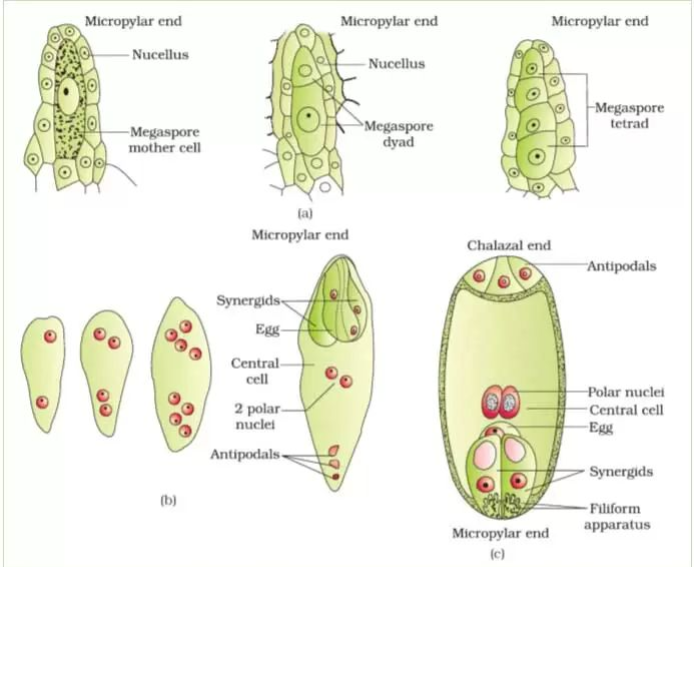
An embryo sac is a structure found within the ovule of flowering plants (angiosperms) that contains the female gametophyte. This gametophyte develops from a megaspore and eventually houses the egg cell (ovum) along with other cells necessary for fertilization and embryonic development.
Structure
The structure of an it, also known as a megagametophyte, in flowering plants (angiosperms) is quite distinctive and plays a crucial role in the process of fertilization and seed formation. Here’s a detailed breakdown of its structure:
1. General Features:
- Location: The embryo sac is located within the ovule, which is part of the ovary of a flower.
- Formation: It develops from a single megaspore mother cell through a series of mitotic divisions, ultimately forming a mature embryo sac.
2. Mature Embryo Sac Structure:
A mature embryo sac typically consists of seven cells and eight nuclei, organized into three main regions or zones:
- Chalazal End: This is the end opposite to the micropyle (the opening of the ovule).
- Micropylar End: This end is near the micropyle, which is the entry point for the pollen tube during fertilization.
3. Cellular and Nuclear Arrangement:
Antipodal Cells (3 cells):
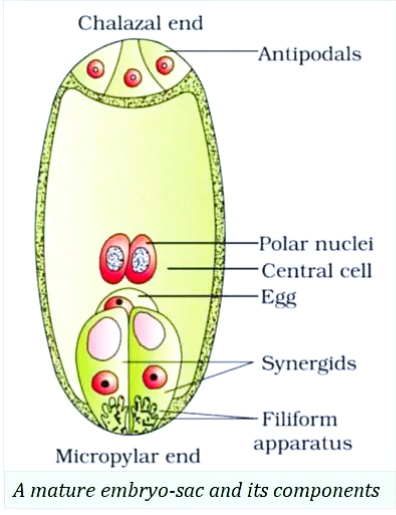
- Location: Found at the chalazal end of the embryo sac.
- Function: Their exact function is not fully understood, but they may play a role in nutrient absorption or embryo sac development.
Synergid Cells (2 cells):
- Location: Positioned at the micropylar end, flanking the egg cell.
- Function: They guide the pollen tube to the egg cell during fertilization and may also be involved in signaling processes.
Egg Cell (1 cell):
- Location: Centrally located within the embryo sac.
- Function: The egg cell fuses with a sperm cell during fertilization to form a zygote, which develops into an embryo.
Central Cell (1 cell):
- Nuclei: Contains two polar nuclei (sometimes referred to as a secondary nucleus) which often fuse together.
- Function: The central cell, along with the fusion of polar nuclei, is involved in forming the endosperm after fertilization, which provides nutrients to the developing embryo.
Polar Nuclei (2 nuclei):
- Location: Typically found within the central cell.
- Function: These nuclei may fuse to form a secondary nucleus, which plays a role in endosperm formation.
Types
In flowering plants (angiosperms), there are two main types of embryo sacs based on their developmental pattern and organization: the Polygonum type and the Fritillaria type. These types refer to distinct arrangements of cells and nuclei within the embryo sac, reflecting different evolutionary adaptations and developmental pathways. Here’s an overview of each type:
1. Polygonum Type:
- Structure:
- Cellular Arrangement: The Polygonum type consists of a large central cell with two polar nuclei (or a secondary nucleus) and an egg cell located at one end.
- Cell Types: It typically includes:
- Egg Apparatus: Consisting of an egg cell and two synergids located at the micropylar end.
- Antipodals: Three antipodal cells located at the chalazal end.
- Examples: Found in many dicotyledonous plants.
- Characteristics: This type is characterized by its distinct arrangement of cells and nuclei, which play specific roles in fertilization and subsequent seed development.
2. Fritillaria Type:
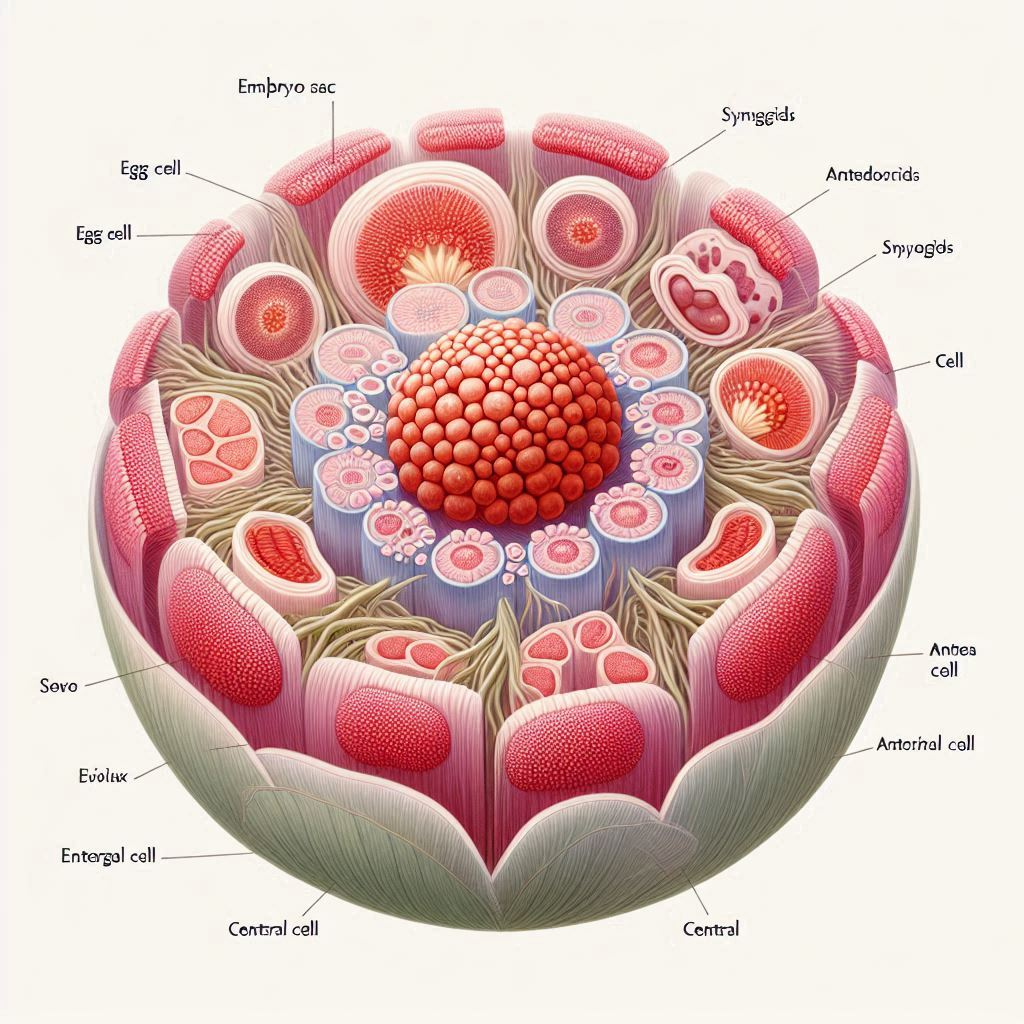
- Structure:
- Cellular Arrangement: The Fritillaria type has a more variable structure compared to the Polygonum type.
- Cell Types: It typically includes:
- Egg Apparatus: Similar to Polygonum type, consisting of an egg cell and two synergids.
- Central Cell: Contains two polar nuclei (or a secondary nucleus).
- Antipodals: Three antipodal cells, though sometimes these may vary in number and arrangement.
- Examples: Found in many monocotyledonous plants.
- Characteristics: The Fritillaria type embryo sac shows some variability in the exact arrangement and number of cells, reflecting evolutionary adaptations within monocots.
Formation
The formation of an embryo sac, also known as megasporogenesis and megagametogenesis, is a critical process in the sexual reproduction of flowering plants (angiosperms). It involves the development of a specialized structure within the ovule that houses the female gametophyte. Here’s a detailed overview of how it forms:
1. Megasporogenesis:
- Initiation: The process begins within the ovule, typically in the nucellus tissue.
- Meiosis: A diploid megaspore mother cell undergoes meiosis, resulting in the formation of four haploid megaspores.
- Disintegration: Typically, three of the four megaspores disintegrate, leaving only one functional megaspore.
2. Development of the Functional Megaspore:
- Survival: The remaining functional megaspore undergoes mitotic divisions without cytokinesis (nuclear divisions without cell division), forming a structure called the megagametophyte.
- Nuclear Division: These divisions result in the formation of several nuclei within a single cytoplasmic mass.
3. Formation of the Mature Embryo Sac (Megagametogenesis):
- Cellularization: The nuclei within the megagametophyte undergo cellularization, where cellular membranes form around each nucleus, creating distinct cells within the embryo sac.
- Cell Differentiation: These cells differentiate into specific types:
- Egg Cell: Central cell at the micropylar end.
- Synergid Cells: Located alongside the egg cell, guiding the pollen tube during fertilization.
- Antipodal Cells: Three cells at the chalazal end, whose function is not fully understood but may play a role in nutrition or embryo sac development.
- Central Cell: Contains two polar nuclei (or a secondary nucleus) that may fuse to form a secondary nucleus.
4. Maturation:
- Maturation: The embryo sac matures within the ovule, preparing for the process of fertilization.
Functions
The embryo sac, also known as the female gametophyte in flowering plants (angiosperms), serves several important functions in the process of sexual reproduction. These functions are essential for the successful fertilization and development of seeds. Here are the main functions:
1. Production and Protection of Female Gametes:
- Egg Cell: It contains one or more egg cells (ovules) that are crucial for fertilization. These cells are produced through the process of megagametogenesis, where a single functional megaspore undergoes mitotic divisions to form the mature female gametophyte.
- Synergid Cells: These cells are located near the egg cell and play a role in guiding the pollen tube to the embryo sac during fertilization. They are involved in the communication and recognition between the pollen tube and the female gametes.
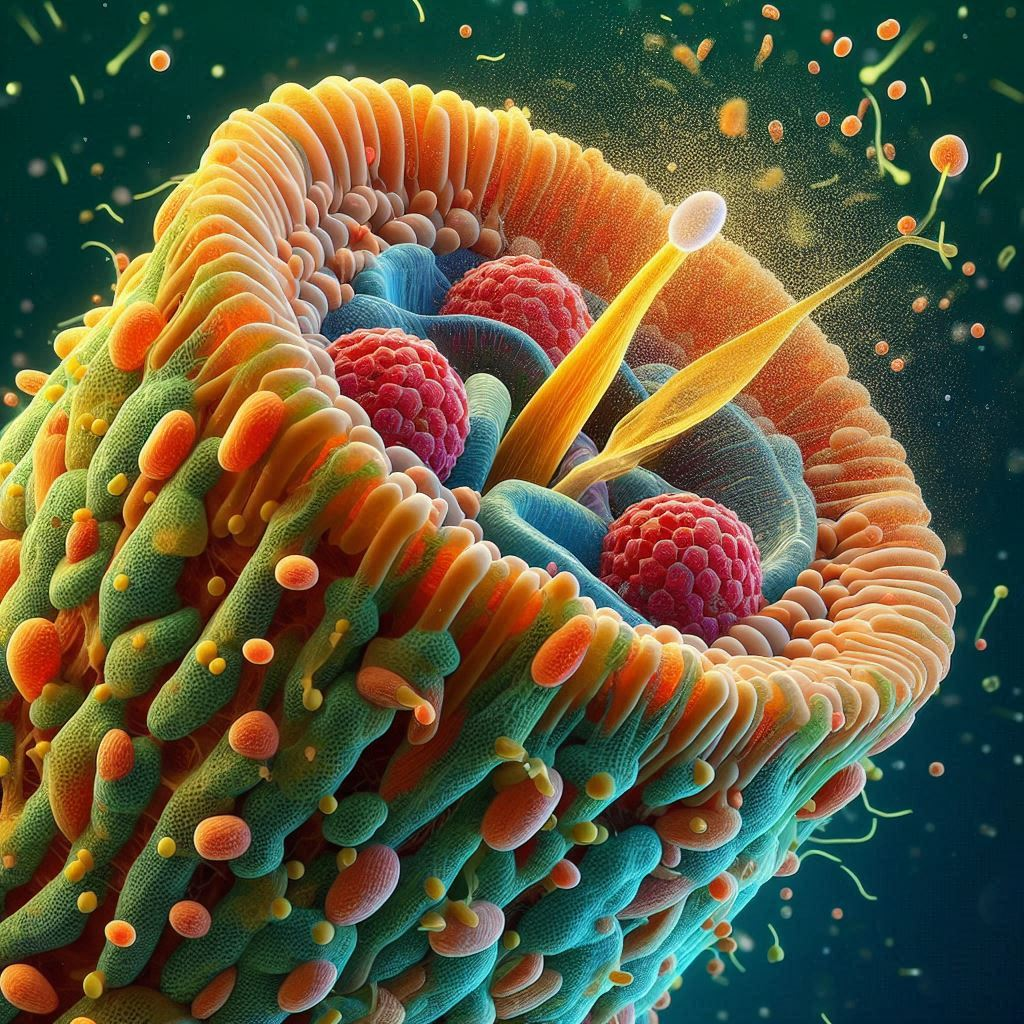
2. Facilitation of Fertilization:
- Pollen Tube Guidance: The synergid cells secrete molecules that attract and guide the pollen tube towards the embryo sac. This process ensures that fertilization occurs efficiently, allowing the sperm cells to reach the egg cell(s) within the ovule.
3. Endosperm Formation:
- Central Cell: The central cell of the embryo sac contains two polar nuclei (or a secondary nucleus) that often fuse with a sperm cell to form a triploid structure. This fusion results in the formation of the endosperm, which provides nutrients to the developing embryo after fertilization.
4. Seed Development and Protection:

- Embryo Development: After fertilization, the zygote formed by the fusion of the sperm cell and egg cell develops into an embryo within the ovule. The embry0 sac provides a protective environment for the developing embryo, ensuring its proper growth and development.
- Endosperm Development: The endosperm, derived from the fusion of polar nuclei with a sperm cell, serves as a nutrient-rich tissue that supports embryo growth and development. It provides essential nutrients such as carbohydrates, proteins, and lipids, ensuring the viability and germination of seeds.
5. Genetic Diversity:
- Genetic Contribution: The embry0 sac and the female gametes it contains contribute to the genetic diversity of offspring in flowering plants. Through sexual reproduction, genetic material from both parental plants is combined, leading to the creation of genetically diverse seeds and offspring.
Significance in Plant Development and Evolution
The embry0 sac holds significant importance in both the development and evolution of flowering plants (angiosperms). Its role extends beyond facilitating reproduction to influencing plant adaptation, diversity, and evolutionary strategies. Here are several key aspects of its significance:
1. Reproductive Success:
- Seed Production: The embry0 sac is essential for the formation of seeds, which are crucial for the dispersal and propagation of flowering plants. It ensures the continuation of plant species by producing viable seeds through fertilization and subsequent embryo development.
- Efficient Fertilization: The structure of the embry0 sac, including the synergid cells that guide pollen tubes and the central cell that facilitates endosperm formation, ensures efficient fertilization. This contributes to the reproductive success of angiosperms in various environments.
2. Genetic Diversity:
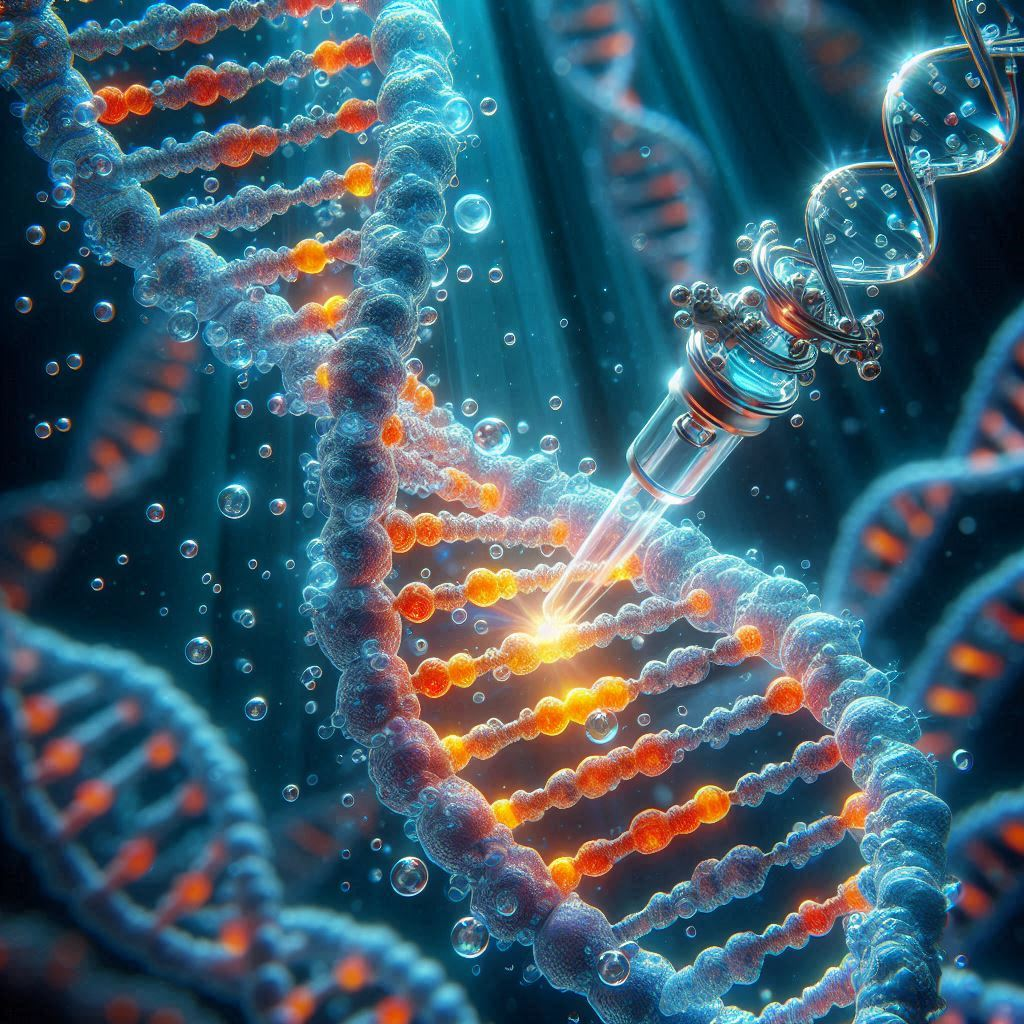
- Contributing to Genetic Variation: Sexual reproduction involving the embryo sac allows for the combination of genetic material from two different parent plants. This genetic recombination increases genetic diversity within populations, enhancing adaptability to changing environmental conditions and increasing evolutionary potential.
3. Evolutionary Adaptation:
- Diversification of Angiosperms: The development and structural diversity of embryo sacs contribute to the evolutionary success and diversification of angiosperms. Different types of embryo sacs (e.g., Polygonum type and Fritillaria type) reflect adaptations to various ecological niches and reproductive strategies.
- Co-evolution with Pollinators: The structure and function of the embryo sac may co-evolve with pollinators, influencing traits such as flower morphology, nectar production, and pollen presentation. This mutualistic relationship contributes to the evolutionary fitness and specialization of both plants and pollinators.
4. Evolutionary Innovations:
- Endosperm Development: The formation of endosperm, initiated by the fusion of polar nuclei with a sperm cell, is a key innovation in angiosperms. Endosperm serves as a nutritive tissue that supports embryo development and seed germination. Its evolution and variations contribute to the success and adaptation of angiosperms in diverse habitats.
5. Conservation and Genetic Resources:
- Preservation of Diversity: Understanding the diversity and evolutionary significance of embryo sacs is crucial for conservation efforts and the preservation of plant genetic resources. Conservation strategies aim to protect the genetic diversity within species, ensuring their resilience against environmental threats and climate change.
Environmental and Physiological Influences
Environmental and physiological factors play crucial roles in influencing the development and function of the embryo sac in flowering plants (angiosperms). These factors can affect various aspects of the reproductive process, from the formation of the embryo sac to fertilization and seed development. Here’s how environmental and physiological influences impact the embryo sac:
Environmental Influences:
1. Temperature and Climate:
- Optimal Growth Conditions: Temperature and climate conditions during the flowering season can influence the timing and efficiency of embryo sac development. Optimal temperatures promote normal developmental processes, while extremes (such as heat stress or cold snaps) can disrupt development and reduce fertility.

2. Light and Photoperiod:
- Regulation of Flowering: Light quality and duration (photoperiod) can regulate the timing of flowering and thereby influence embryo sac development. Plants use light cues to synchronize flowering with favorable environmental conditions, ensuring optimal pollination and seed set.
3. Water Availability:
- Impact on Reproduction: Adequate water availability is crucial for normal plant growth and reproduction. Water stress during flowering can disrupt pollen germination, pollen tube growth, and embryo sac development, leading to reduced seed set and fertility.
4. Nutrient Availability:
- Role in Growth and Development: Availability of essential nutrients, such as nitrogen, phosphorus, and potassium, affects overall plant health and reproductive success. Nutrient deficiencies or imbalances can impair embryo sac development and reduce seed production.
5. Pollinator Interactions:
- Mutualistic Relationships: Environmental factors influencing pollinator activity (e.g., temperature, rainfall) can indirectly impact embryo sac development by affecting pollination efficiency. Co-evolutionary interactions between plants and pollinators ensure successful reproduction in diverse habitats.
Physiological Influences:
1. Hormonal Regulation:
- Control of Developmental Processes: Plant hormones (e.g., auxins, cytokinins, gibberellins) play critical roles in regulating embryo sac development and fertilization. Hormonal balances within the plant influence cell division, differentiation, and maturation processes within the ovule.
2. Genetic Factors:

- Intrinsic Regulation: Genetic factors and gene expression patterns within the plant influence embryo sac development and reproductive outcomes. Variations in genetic background can lead to differences in embryo sac structure, function, and fertility.
3. Physiological Stress Responses:
- Adaptation to Stress: Plants exhibit physiological responses to environmental stressors (e.g., drought, salinity) that can impact embryo sac development. Stress-responsive genes may modulate developmental pathways to enhance plant survival and reproductive success under adverse conditions.
4. Metabolic Pathways:
- Energy and Resource Allocation: Metabolic processes and resource allocation pathways within the plant influence the growth and maturation of reproductive structures, including the embryo sac. Optimal metabolic conditions support efficient seed production and viability.

FAQ (frequently asked questions)
1. What is an embryo sac?
An embryo sac is a specialized structure within the ovule of flowering plants (angiosperms) that houses the female gametophyte. It plays a crucial role in the process of sexual reproduction by producing and nurturing female gametes (egg cells) and facilitating fertilization.
2. How does an embryo sac form?
The embryo sac forms through a series of developmental stages known as megasporogenesis and megagametogenesis:
- Megasporogenesis: Involves the formation of megaspores through meiosis within the ovule.
- Megagametogenesis: The surviving megaspore undergoes mitotic divisions to form the mature embryo sac, which contains specific cells and nuclei essential for fertilization.
3. What is the structure of a mature embryo sac?
A mature embryo sac typically consists of seven cells and eight nuclei, organized into distinct regions:
- Egg Apparatus: Contains an egg cell and synergids (cells that guide pollen tubes).
- Central Cell: Contains two polar nuclei (or a fused secondary nucleus) crucial for endosperm formation.
- Antipodal Cells: Three cells located at the chalazal end, whose function is not fully understood but may contribute to embryo sac development.
4. What is the function of the embryo sac?
The embryo sac serves several vital functions in plant reproduction:
- Production and protection of female gametes (egg cells).
- Facilitation of fertilization by guiding pollen tubes to the egg cell.
- Development of the endosperm, a nutrient-rich tissue essential for embryo growth and seed formation.
5. How does the embryo sac contribute to genetic diversity?
Through sexual reproduction, the embryo sac allows for the fusion of genetic material from two parent plants. This genetic recombination increases genetic diversity within populations, enhancing adaptability and evolutionary potential in flowering plants.
6. What environmental factors influence embryo sac development?
Environmental factors such as temperature, light, water availability, and nutrient levels can significantly impact embryo sac development:
- Optimal conditions promote normal development, while stressors like drought or extreme temperatures may disrupt developmental processes.
- Pollinator interactions and hormonal regulation also play roles in ensuring successful embryo sac formation and seed production.
7. Why is the study of embryo sac important?
Understanding the structure, formation, and function of the embryo sac is crucial for:
- Advancing knowledge in plant reproductive biology and evolution.
- Improving agricultural practices related to crop yield and seed quality.
- Conservation efforts aimed at preserving plant genetic diversity and ecosystem stability.
8. How does the embryo sac contribute to seed development?
After fertilization, the embryo sac supports the development of the zygote into an embryo and provides nutrients through the endosperm. This process ensures the production of viable seeds capable of germinating and establishing new plant generations.
Conclusion
The embryo sac serves as a microcosm of intricate biological processes essential for plant reproduction and survival. Its structure, function, and evolutionary significance highlight the remarkable adaptations that have enabled flowering plants to thrive in diverse environments for millions of years. As we continue to unravel the complexities of the embryo sac, we deepen our understanding of plant life and cultivate new opportunities for innovation and conservation in agriculture and beyond.
Table of Contents
Read more about Embryo sac
Go and visit dusearchit.in and get more knowledge about others topics.
